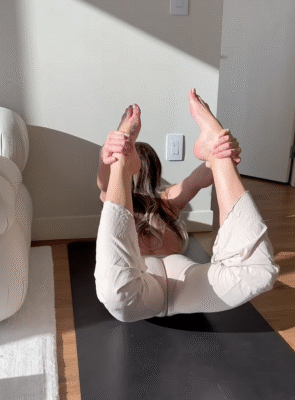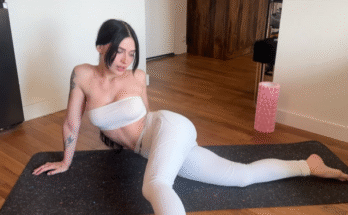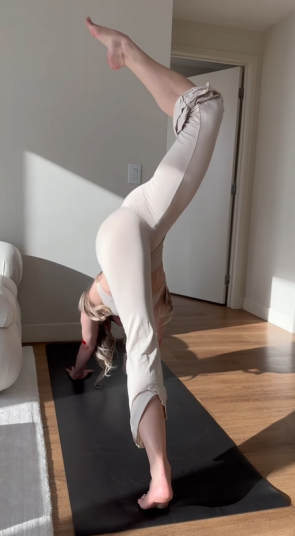
The modern world moves fast—too fast, sometimes. Our bodies and minds often get caught up in the constant race of schedules, deadlines, and to-do lists. Yet in the middle of all that noise, there’s a quiet practice that can restore balance, release tension, and bring us back to ourselves: deep stretch yoga flow.
Unlike power yoga or high-energy vinyasa, deep stretch yoga focuses on long, deliberate holds and gentle transitions. It’s about exploring your range of motion, releasing hidden tension, and finding space—both physically and mentally. Whether you’re an athlete trying to recover, an office worker easing back and neck strain, or simply someone looking for a mindful evening routine, deep stretching can be transformative.
The Essence of Deep Stretch Yoga
At its core, deep stretch yoga is about patience and awareness. The flow is slower, giving you time to feel into each posture. Instead of rushing from one pose to the next, you hold stretches for 30 seconds to several minutes, allowing your muscles and connective tissue to truly release.
This is not just about flexibility—it’s about connection. You start to notice where you hold tension. You feel how your breath changes when you lean deeper into a pose. You observe the difference between discomfort that’s safe to explore and pain that signals you to ease back.
The result? A calmer nervous system, more mobile joints, and a body that feels lighter and freer.
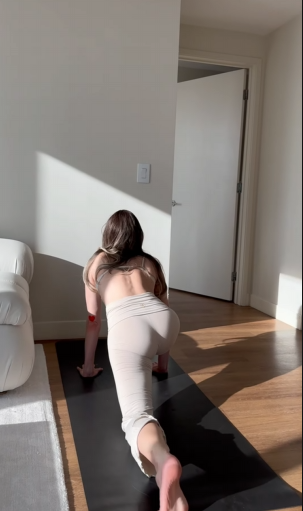
The Benefits of a Deep Stretch Yoga Flow
- Increased Flexibility
Long holds gently lengthen muscles, helping you access a greater range of motion over time. - Improved Posture
Stretching the hips, shoulders, and spine can undo the effects of prolonged sitting or poor alignment. - Stress Relief
Slow, mindful breathing paired with gentle movement signals your body to shift from “fight or flight” into “rest and digest.” - Better Circulation
Holding poses encourages blood flow into tight areas, bringing nutrients and removing waste products. - Enhanced Athletic Recovery
Whether you run, lift, cycle, or swim, deep stretching helps reduce soreness and improve mobility.
How to Practice a Deep Stretch Yoga Flow
A typical deep stretch flow can last anywhere from 20 to 60 minutes, depending on how much time you have. You’ll need a yoga mat, possibly a blanket, and perhaps a couple of blocks or pillows to support your body in certain positions.
Here’s a 40-minute sequence you can try at home:
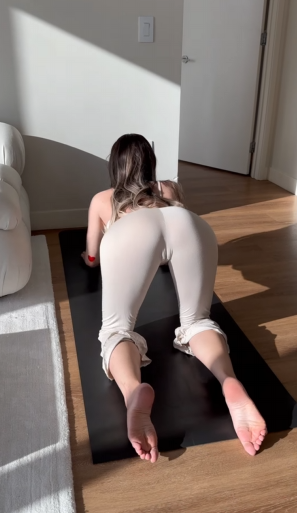
1. Grounding and Breath Awareness (3 minutes)
- Sit cross-legged or on your knees.
- Close your eyes, lengthen your spine, and place your hands on your knees.
- Inhale through your nose for a slow count of 4, hold for 2, exhale for 6.
- Focus on releasing tension from your jaw, shoulders, and belly.
2. Seated Side Stretch (2 minutes per side)
- Sit cross-legged and place your right hand on the floor beside you.
- Reach your left arm up and over, stretching through your side body.
- Keep your chest slightly lifted, breathing deeply into your ribs.
- Switch sides after 2 minutes.
3. Forward Fold with Wide Legs (3 minutes)
- Sit with legs extended wide.
- Inhale to lengthen the spine, exhale to fold forward.
- Keep your back long and avoid rounding excessively.
- Use a pillow under your chest if you can’t comfortably rest your hands or elbows on the floor.
4. Low Lunge Hip Opener (3 minutes per side)
- Step your right foot forward into a low lunge, back knee down.
- Keep your front knee stacked over your ankle and sink hips forward.
- Hands can be on the floor, blocks, or resting on your front thigh.
- Switch sides after 3 minutes.
5. Pigeon Pose (3 minutes per side)
- From all fours, bring your right knee forward and place it behind your hands, shin angled slightly.
- Extend your left leg back, hips square.
- Fold forward over your front leg.
- This deeply opens the hips—support yourself with a blanket if needed.
- Switch sides after 3 minutes.
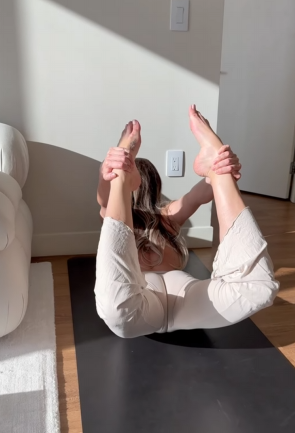
6. Butterfly Fold (3 minutes)
- Sit with the soles of your feet together and knees dropping out to the sides.
- Hold your feet with both hands, inhale to lengthen your spine, exhale to fold forward.
- Relax your neck and shoulders.
7. Supine Spinal Twist (2 minutes per side)
- Lie on your back and hug your knees to your chest.
- Drop both knees to the right, arms extended in a T-shape.
- Gaze over your left shoulder.
- Switch sides after 2 minutes.
8. Happy Baby Pose (2 minutes)
- Lie on your back, hug your knees in, and grab the outer edges of your feet.
- Draw your knees toward your armpits, keeping your lower back on the mat.
- Gently rock side to side.
9. Savasana (5 minutes)
- Lie flat on your back, arms and legs relaxed.
- Let your body sink into the mat.
- Focus on slow, natural breathing.
- Feel the weight of your body release into the floor.
Tips for Getting the Most Out of Your Deep Stretch Flow
- Move slowly — rushing defeats the purpose.
- Use props — blankets, blocks, and pillows can help you relax into a pose without strain.
- Breathe intentionally — your breath should be smooth, deep, and even.
- Don’t push into pain — discomfort is fine, but sharp or pinching pain is not.
- Stay mindful — notice sensations, thoughts, and emotions that come up.
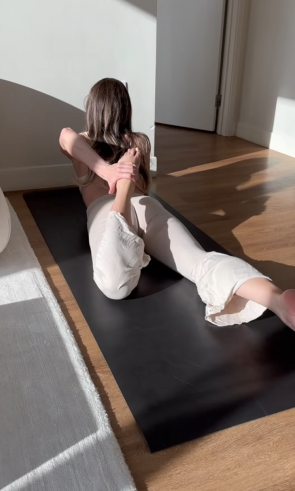
When to Practice
Deep stretch yoga works beautifully:
- In the evening to release the day’s tension and prepare for restful sleep.
- After workouts to improve recovery.
- On rest days as a way to maintain mobility and flexibility.
- During stressful times as a moving meditation.
Even practicing once or twice a week can make a noticeable difference in how your body feels and moves.
The Deeper Impact
While deep stretch yoga certainly improves flexibility and mobility, its real magic often lies in what happens internally. As you sink into a pose and breathe, you learn to sit with sensation instead of running from it. You develop patience with yourself. You become more attuned to your body’s signals.
Over time, you may notice that the calm, grounded feeling you cultivate on the mat begins to carry into other areas of your life. Stressful moments become easier to handle. You feel more present. And your body thanks you with more fluid movement and less tension.
In a world that rewards speed and productivity, deep stretch yoga flow is a quiet rebellion—a way to slow down, tune in, and care for yourself. Whether you practice once a week or every day, this gentle yet powerful routine can help you feel more open, balanced, and alive. Roll out your mat, take a deep breath, and give yourself the gift of slowing down.
